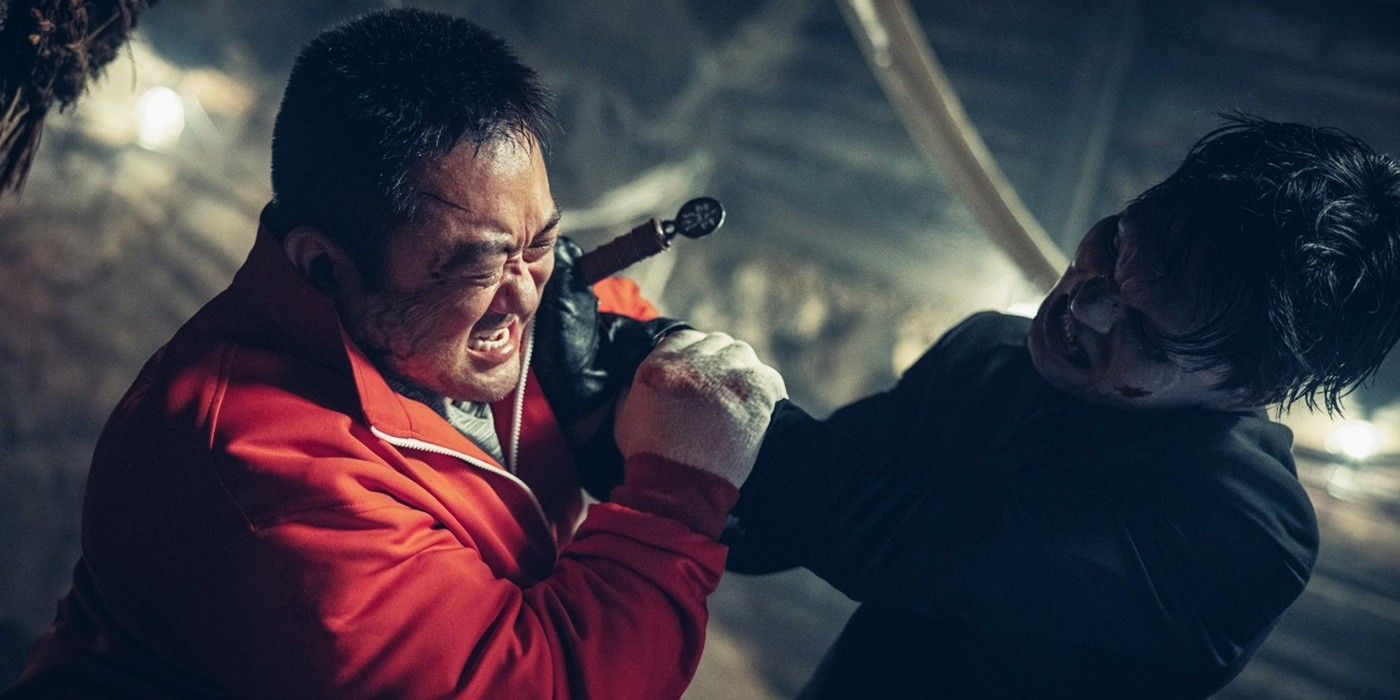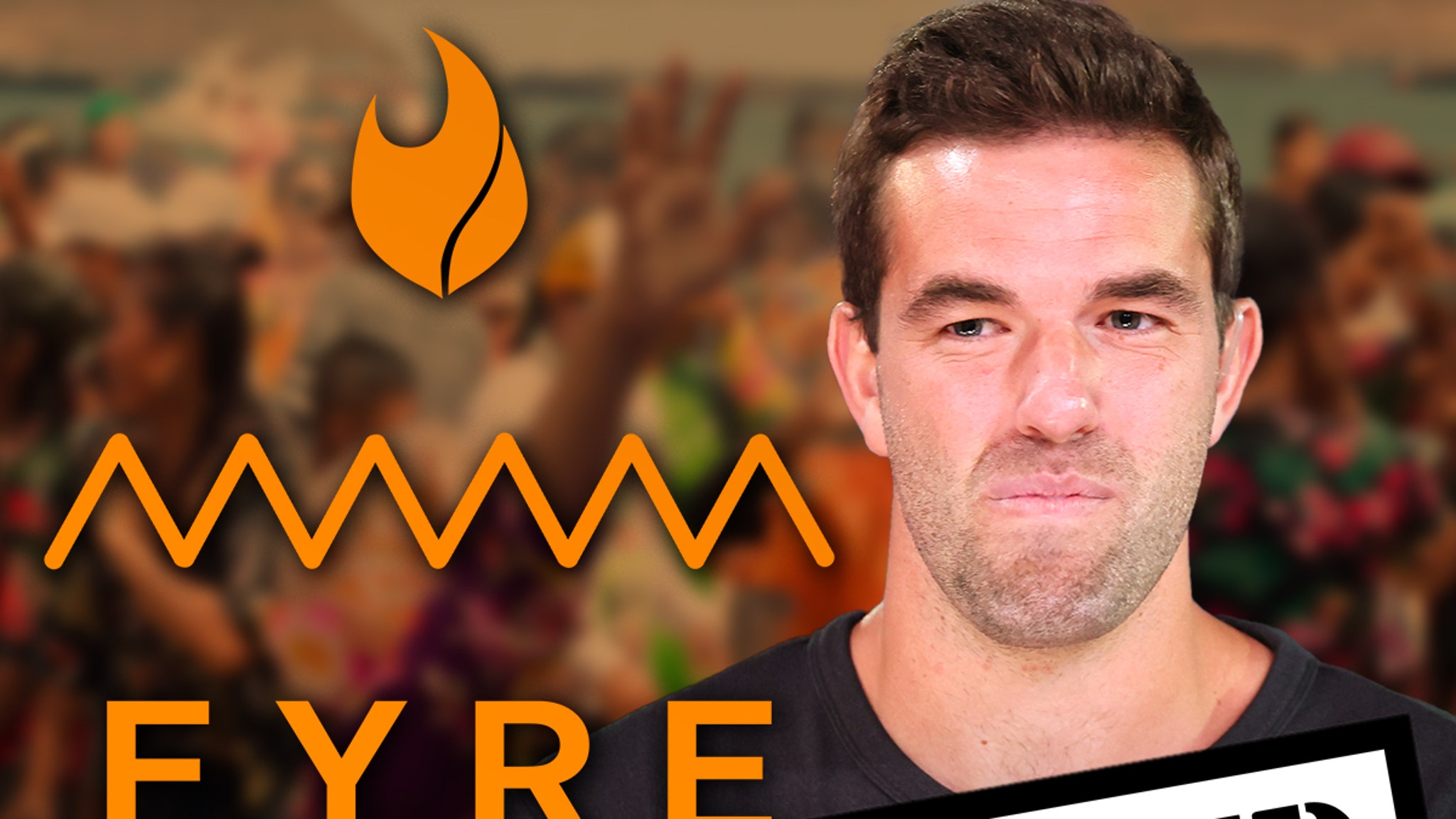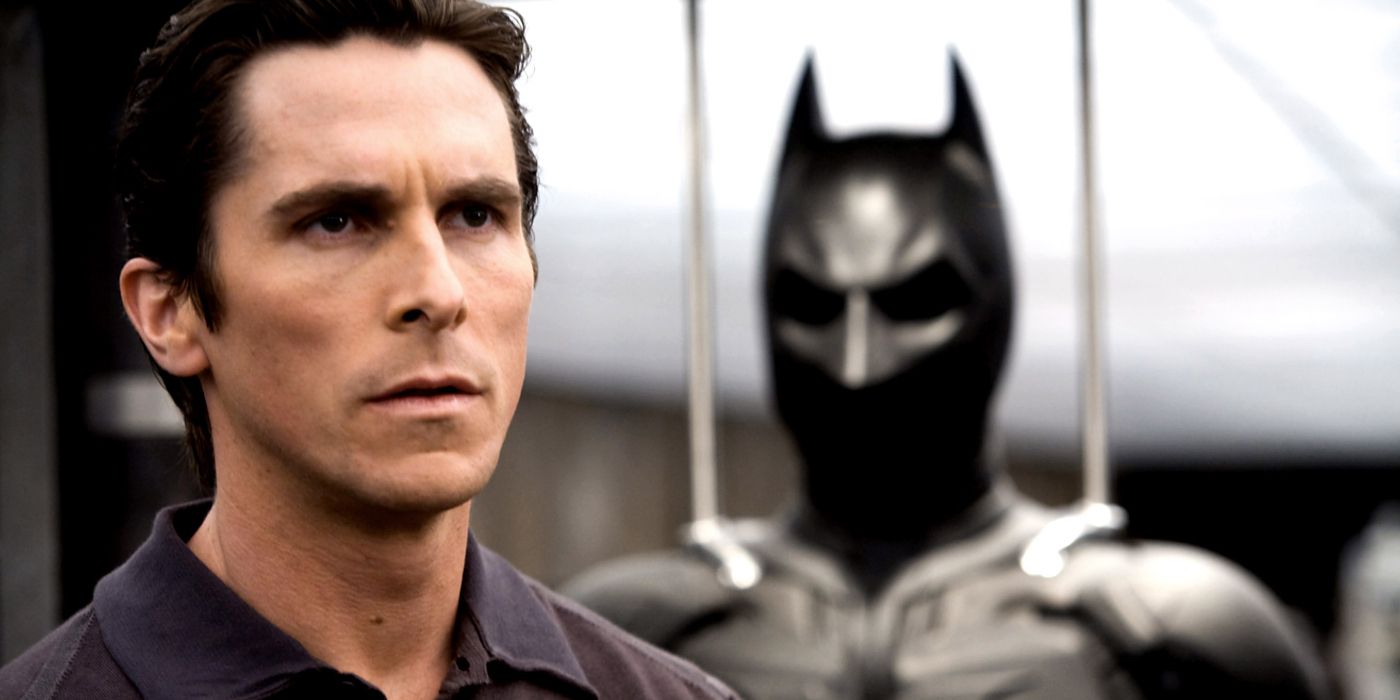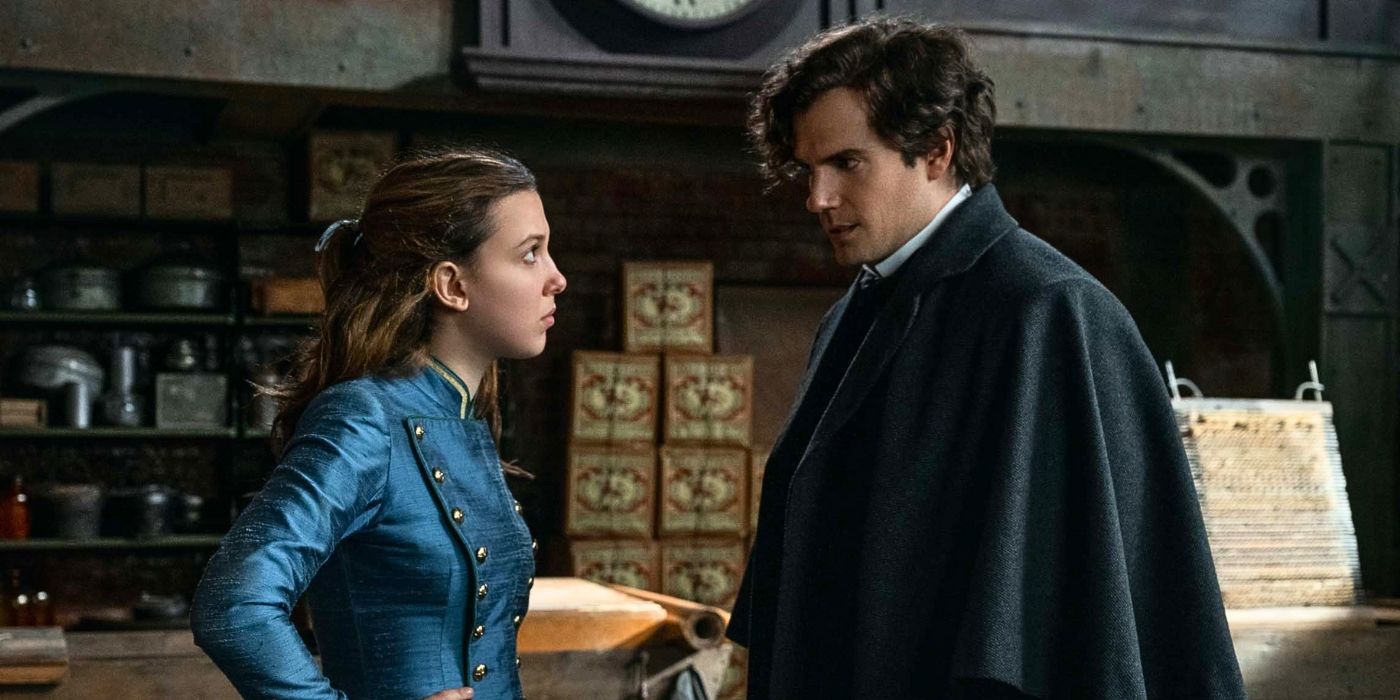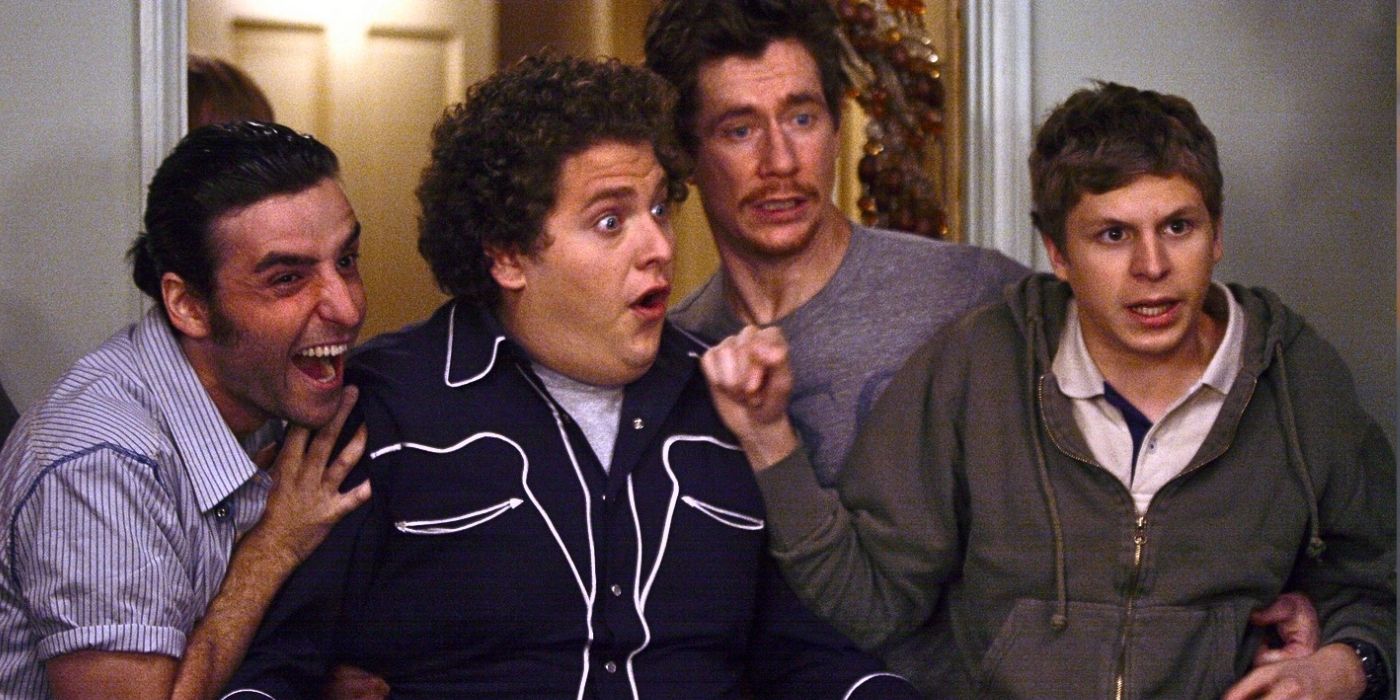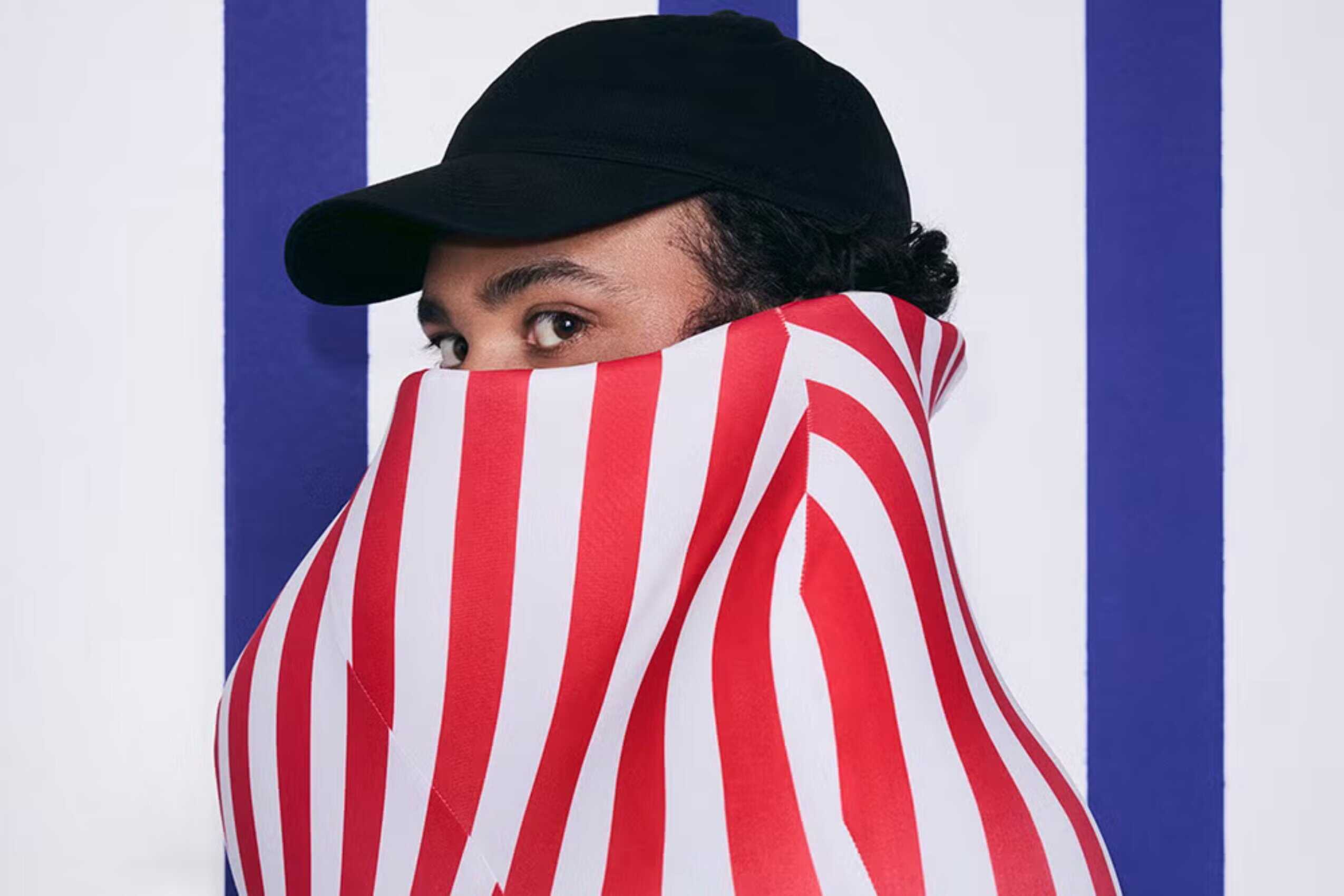We get it. When you think of LARPing, you think of weedy teens who rarely leave their subterranean dwellings, save to venture down to the local park with a brace of shoddily-made medieval-esque outfits and some plastic pointy ears to canter around making zappy noises as they pretend to do a Hogwarts or whatever. The phenomenon of LARP, which stands for Live Action Role Play, has an image problem – but it’s not one that’s not remotely warranted. The perception of LARP has much more to do with the pointless and tired culture-war between ‘jocks and nerds’ that’s been reproduced by the fonts of received wisdom to generate low-effort controversy dollars. In reality, sports fans have an enormous amount of joy waiting for them in the world of LARP.
Did You Get the Memo? Nerds Are Cool Now
Whilst the dawn of the technological age took place in the 1980s, culture is always slow to catch on. Those we might consider ‘nerds’ or ‘dweebs’ quickly became critical to the functioning of major economies as the Digital Age accelerated – and the phenomenon of ‘geek chic’ bloomed. It’s become ever-more acceptable – and indeed desirable – to be uncool. The cultural signifiers of being obsessed with obscure, niche topics, bookishness and lack of physical presence – horn-rimmed glasses, bowties, suspenders and all – made their way into the fashion vernacular, by way of early high-fashion adoptees like Marc Jacobs.
But this newfound acceptability of the World of Nerd was not without its discontents. Even well into the 1990s the word ‘geek’ was being slung around as a derogatory term, linked to its pejorative roots in the 18th century as a word for circus side-show ‘freaks’. And those attitudes still persist, especially amongst a particular strain of sporting masculinity – which is ironic amongst those who can reel off the statistical abilities of their favorite team or player down to the fractions of a decimal.
From the Tabletop to the Field (And Back Again)
The rise of the Nerd in the 21st century brought with it new hobbies and new games which hitherto would have marked one out as a member of the Brotherhood of Mom’s Basement. In the 1960s and 1970s, a new wave of fantasy writers like J. R. R. Tolkein and Ursula K. LeGuin (as well as the rediscovery of turn-of-the-century science fiction and gothic fantasy) led to the creation of the first table-top roleplaying games (TTRPGs), like Gary Gygax’s Dungeons and Dragons and the Call of C’thulu, inspired by H. P. Lovecraft. TTRPGs are now firmly in the mainstream, with enormously popular podcasts like Critical Role taking center stage. The history of TTRPGs has gone hand-in-hand with the history of live-action roleplay. It’s a natural progression to go from imagining fantasy worlds to seeking to recreate them in real space.
LARP, in essence, is a form of participatory art. Many sports, and forms of media more generally, are spectatorial: they are designed to be watched by an audience. Whereas roleplay and LARP specifically are all about creating shared narratives through collective storytelling.
Something for Everyone
The beauty of LARP is that it’s as diverse as the people who practise it. There’s a whole range of play styles and types that cater to whatever participants want to get out of the hobby: from pure, combat-based competitive tests of athletics and skill, to questing and adventure scenarios, to dark and gothic explorations of the human condition.
Battle Games
One of the popular forms of LARP (and maybe the most obviously ‘sport-like’) are known loosely as ‘battle games’. They focus heavily on physical combat in the real world, with participants donning leather, steel or plastic armor and simulation weaponry to fight other players – a flourishing trade in high-quality LARP weapons has flourished in recent years, where players can get useable soft-foam swords, axes and polearms off the shelf. Often, rather than being a bare-knuckle submission match, these games have scoring systems inspired by fencing or TTRPGs that determine battle outcomes, and they can sometimes feature dozens of combatants in one field. Games like Dagorhir, which started in the 1970s as a handful of college students, have become worldwide sports bodies that hold national and international events. Battle games can be a fantastic way for sports fans to get into LARP – they’re physical, a great way to get fit, and have a reassuringly competitive element.
Adventure LARP
Most LARP games are more directly influenced by TTRPGs, and follow a mix of roleplay and combat. They frequently borrow the form of the game from their tabletop cousins, with many Players acting out their characters, and a single Game Master ‘running’ the world around them: determining the outcome of their actions, narrating their progress and helping them through puzzles. Sometimes, adventure LARP games can feature NPCs (non-player characters), played by volunteers, who are part of the Game Master’s world. Adventure LARP events are a fun and low-risk environment for new players, and are an excellent way to dip your toe into the LARP hobby.
Nordic LARP
Some LARPers have felt a little dissatisfied with the ‘light’ (some might even say ‘childish’) nature of some types of LARP – and so in the 1990s, roleplayers in Scandinavia began experimenting with a darker, grittier form of live-action roleplay. Nordic LARP, as it has become known, consciously seeks to undermine the common tropes and forms of fantasy and roleplay. It digs deep into character development, rarely featuring combat, and borrows heavily from theatre techniques, featuring workshopping and debriefs. Frequently, it actively seeks out gothic and dark themes: grief, trauma, war and the human condition – but it’s an immensely rewarding experience because of this. Whilst it is perhaps a less accessible form of LARP, it deliberately aims to push the boundary of what LARP can achieve, seeking eternal real-life truths in the world of fantasy.
So – let’s shed the image of LARP as just a load of overgrown kids running round in a field and smacking each other with rubber swords (although, now that you put it like that, that sounds awesome). LARP is a fantastic way to socialize in these lonely times, and can bring to you a plethora of benefits: from physical health to deep and lasting self-knowledge. See you on the battlefield!
You can view the original article HERE.


